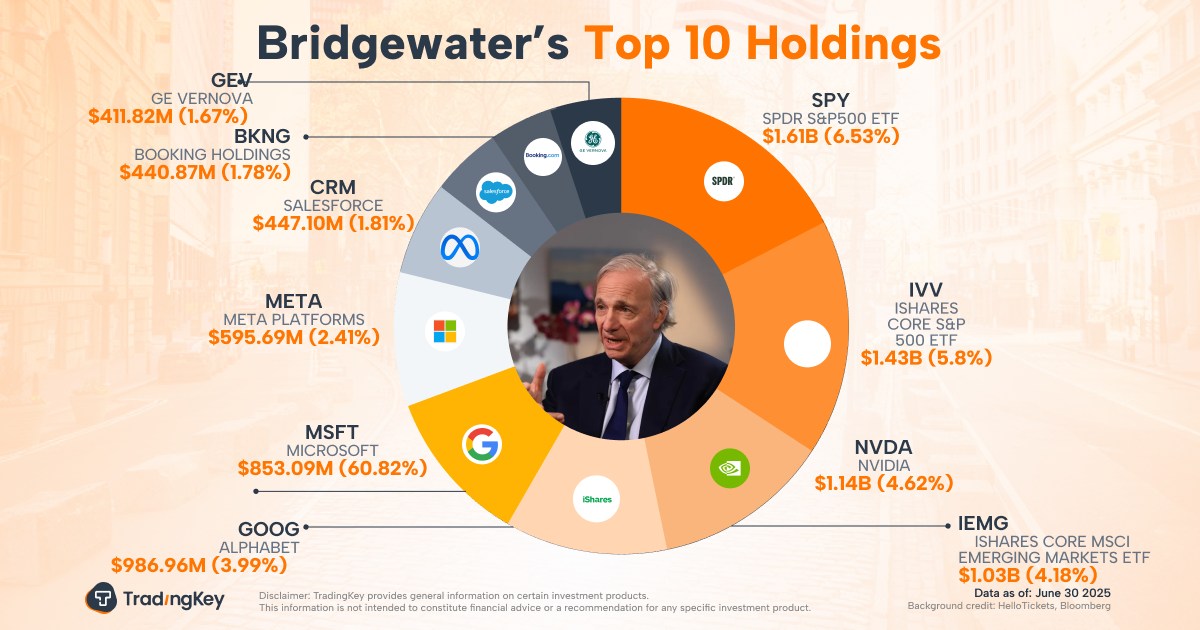EMERGING MARKETS-Latam markets slip as Fed outlook, tariff worries lift dollar and US bond yields

Updates through mid-afternoon trade
By Lisa Pauline Mattackal and Purvi Agarwal
Jan 8 (Reuters) - Indexes tracking Latin American stocks and currencies fell on Wednesday, as expectations for higher-for-longer U.S. interest rates and fresh concerns about President-elect Donald Trump's tariff plans lifted the dollar and U.S. Treasury yields.
The MSCI index of Latin American currencies .MILA00000CUS fell 0.6%, on pace for its worst day in over two weeks.
An index tracking stocks in the region .MILA00000PUS was down 1.6%, set for its worst day since Dec. 18, when the U.S. Federal Reserve flagged a more cautious pace of interest rates year.
CNN reported that U.S. President-elect Donald Trump is considering declaring a national economic emergency to provide legal justification for a series of universal tariffs on allies and adversaries, lifting the already rising dollar index =USD.
Data showed that industrial production in Brazil fell for the second month in a row in November. Meanwhile, central bank data showed the country registered its largest dollar net outflows since 2020 in 2024 as worries about Brazil's fiscal policies unnerved investors.
The Brazilian real BRL= weakened 0.2% against the dollar on the day. The country's main stock index .BVSP was down 1.5%, on pace for its worst day in three weeks.
"Sentiment around Brazil's deficit outlook (is) dependent on robust growth... any growth disappointments, coming from internal or external shocks, will reignite debt concerns," said Thierry Wizman, Global FX & Rates Strategist at Macquarie.
EM markets had kicked off the week with gains, as the dollar weakened on reports that Trump's tariff could be less aggressive than expected, even after the President-elect refuted the claims.
They have since retraced much of that move, with a bond selloff lifting U.S. Treasury yields as tariff worries compounded expectations of a more cautious pace of rate cuts from the U.S. Federal Reserve.
Higher U.S. rates dim the appeal of riskier, but relatively higher-returning emerging market assets.
"To say this is a challenging backdrop for EM equities may be an understatement, unless there is a specific reason for a given EM to do well ... this backdrop means money should flow back to the US," said Geoffrey Dennis, an independent emerging markets commentator.
Mexico's peso MXN= lost 0.5%, while its main stock index .MXX dipped 0.9%. The U.S. is the country's largest trading partner.
The Colombian peso COP= pared initial losses to rise 0.3%, while the Chilean peso CLP= was up 0.4%.
In Argentina, the government privatized metallurgical firm IMPSA, marking its first privatization since libertarian President Javier Milei took office.
HIGHLIGHTS
** Trump will not rule out force to take Panama Canal, Greenland
** Argentina industrial output dips 1.7% in November
Key Latin American stock indexes and currencies at 1950 GMT:
MSCI Emerging Markets .MSCIEF | 1070.15 | -0.92 |
MSCI LatAm .MILA00000PUS | 1876.77 | -1.57 |
Brazil Bovespa .BVSP | 119402.17 | -1.45 |
Mexico IPC .MXX | 49660.32 | -0.85 |
Chile IPSA .SPIPSA | 6762.74 | -0.64 |
Argentina Merval .MERV | 2785612.45 | -1.296 |
Colombia COLCAP .COLCAP | 1412.91 | -0.44 |
Currencies | Latest | Daily % change |
Brazil real BRL= | 6.1101 | -0.15 |
Mexico peso MXN= | 20.4113 | -0.5 |
Chile peso CLP= | 1000.06 | 0.41 |
Colombia peso COP= | 4325.68 | 0.34 |
Peru sol PEN= | 3.7725 | 0.05 |
Argentina peso (interbank) ARS=RASL | 1035.5 | 0 |
Argentina peso (parallel) ARSB= | 1200 | 1.25 |
(Reporting by Purvi Agarwal and Lisa Mattackal in Bengaluru; editing by Diane Craft)
((Purvi.Agarwal@thomsonreuters.com;))





